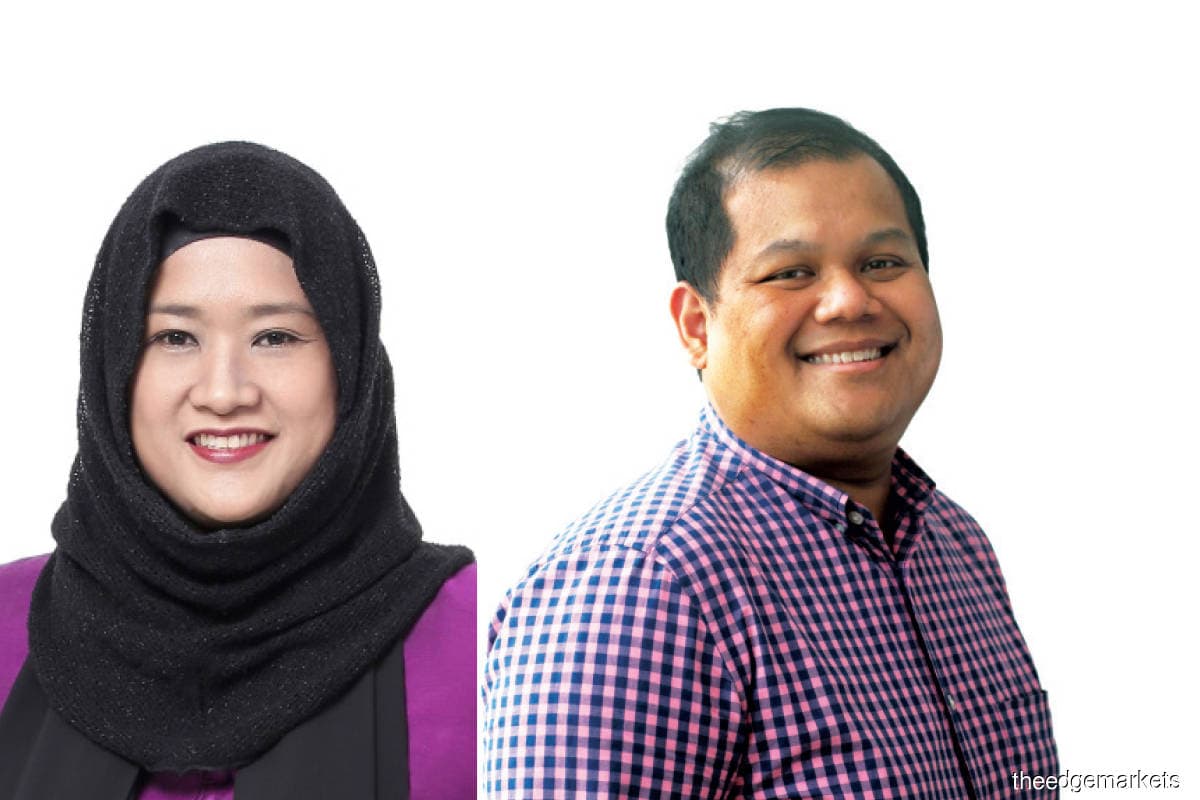
This article first appeared in Digital Edge, The Edge Malaysia Weekly on March 27, 2023 - April 2, 2023
The rise of social media has resulted in an increase in cyberbullying, misuse of private information, love scams and posts that are offensive to religion. Hate speech has also proliferated.
“Hate speech can be rather direct. It will be aimed at the victim and possibly at certain aspects of a victim’s identity, ethnicity, religion, gender and others,” says Dr Khairil Izamin Ahmad, CEO of The Centre. The Centre is an independent public policy think tank that researches issues related to societal contracts, safety nets and public goods. It is based in Kuala Lumpur.
For example, Twitter is infamous for hate speech. The New York Times has reported that hate speech in Twitter’s stratosphere has increased sharply since Elon Musk’s US$44 billion takeover.
“As far as hate speech is concerned, this is one of the long-standing topics of research that The Centre has looked into. Our proposal is that we need a more cohesive response to hate speech in Malaysia. So, we need to address the full range of hate speech comprehensively while maintaining a sense of proportionality and constructiveness, in the way we respond to them,” says Khairil.
The Centre’s #TrackerBenci is an initiative to track and categorise online hate speech in the Malaysian Twitter stratosphere using artificial intelligence (AI). It was created to provide insights into AI-powered hate speech research.
An AI-powered microsite, it continuously monitors the occurrence of hateful posts and tweets in the country. #TrackerBenci operates on machine-learning software. It is trained with a list of words that is commonly used in hateful messages and posts.
“We developed a reference list of words composed of English, Bahasa Malaysia and colloquial Malaysian words,” says Khairil.
A small panel of researchers was then tasked with sifting through thousands of tweets to develop a training set. This enables the difference between hateful and non-hateful speech to be identified while also categorising the tweets.
“It can basically [identify] whether the speech is insulting or threatening. It can further identify the targeted groups of those particular tweets and the themes that underlie the speech. For example, if the speech perpetuates negative stereotypes,” explains Khairil.
The initiative aims to answer two questions: (1) Can we monitor online hate speech to identify trends in the Malaysian context? and (2) Can we do this without relying on labour-intensive monitoring methods?
Hate speech evolves with time and societal expectation, observes Mediha Mahmood, executive director of the Communications and Multimedia Content Forum of Malaysia (CMCF). For instance, words that were once acceptable and commonplace in the 1950s and 1960s may be considered offensive and taboo in today’s society. There are times when efforts to discourage the use of certain slurs and words gets pushback, with people saying those words have been used for a long time.
The CMCF’s role is that of a self-regulatory organisation. It develops robust content standards at a national level such as the Content Code.
The Content Code demonstrates a commitment towards self-regulation by the industry in compliance with the Communications and Multimedia Act 1998. It seeks to identify offensive and objectionable content while spelling out the obligations of content providers within the context of social values in this country, states the Content Forum website.
“We often try to explain to them that if you are ignorant about it, if you didn’t know it was offensive, we don’t blame you. Not everybody knows everything,” says Mediha.
“Once you know that people find it offensive and you insist on reoffending, you need to question why. What exactly is [causing] the insistence on using it? This is part of the awareness we raise.”
As at Dec 31 last year, 734 cases had been lodged to Content Forum’s Complaints Bureau. There were 518 complaints related to internet or social media content.
Upon violation of the Content Code, the Complaints Bureau can take several actions — a written reprimand will be issued, a fine not exceeding RM50,000 will be imposed and/or the removal of the content or cessation of the offending act will be required.
Despite the high number of complaints to the Content Forum, indicating the notoriety of misconduct on social media platforms, Malaysians are seen playing a role in the self-regulation of content.
There is a need for self-regulation as everyone has to be responsible in their respective roles within the content ecosystem, observes Mediha. Social media has accelerated the speed at which information is spread.
“We really need to make sure that people realise they are empowered in the way they communicate, consume content and engage. When you’re online, you need to protect yourself, your data and privacy,” says Mediha.
“Everything that goes online, stays online. One thing people need to remember is, we need to limit personal information that is made public online.”
Adds Khairil: “One other recommendation is for social media platforms to have more effective monitoring mechanisms for incidence of hate speech. This requires long-term engagement with social media companies.”
To determine which words #TrackerBenci considers hateful and to cross-check certain slurs, users can use the Benci calculator.
“That is basically what this technology does. It’s still on its first version and we are still only using Twitter at the moment. Of course, there will be further improvements going forward,” says Khairil.
Save by subscribing to us for your print and/or digital copy.
P/S: The Edge is also available on Apple's AppStore and Androids' Google Play.

